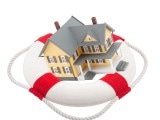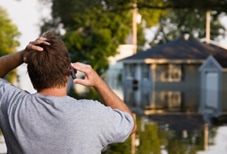|
There are many common myths about potential dangers in and around the home that can keep some homeowners up at night. However, the gap between myth and fact can make all the difference when it comes to reducing risk in your house. So what does the data tell us are the biggest risks to your home?
From leaking valves to house fires, a look at Calfee Insurance Claim data reveals the facts about the most frequent causes of homeowners’ claims, as well as the costliest. The answers may surprise you. While some risks are common nuisances we are all too aware of, others can be catastrophic. To help keep your home, your valuables and your family safe, you will want to take steps to protect them. Danger #1: Water Damage Many people think of damage from hurricanes and heavy rains when they think of water damage. But according to Travelers Claim data from 2013-2020, more property losses resulted from non-weather water claims (23%) than weather-related water claims (15%)*. Non-weather water claims can involve plumbing-related losses, such as pipes, drains and valves, as well as appliance issues. Learn more about common causes of water damage and the steps that you can take to help prevent it. Danger #2: Weather-Related Roof/Flashing Damage Wind, hail and weather-related water damage accounted for more than half, or 53%, of all Travelers property loss claims between 2013-2020. Falling limbs and branches weighed down by snow and freezing rain can cause roof/flashing damage. It is a good idea to inspect trees on your property to help prevent damage caused by falling tree limbs. Learning how to identify and remove ice dams can also help you avoid costly damage in the winter months. Danger #3: Frozen Pipe Damage Frozen water pipes are considered a potential source for catastrophic property damage, and make the list of Travelers’ five costliest sources of homeowner claims. While a sub-item of weather-related water loss, it is so significant, it deserves special mention. The good news is you can take steps to help prevent your pipes from freezing by identifying pipes that are most at risk and taking steps before winter arrives to help insulate them. During the winter, you may consider using a smart thermostat to manage and monitor that your heat is set at a safe level to help avoid freezing, and to receive notifications if the temperature in your home drops unexpectedly. Danger #4: Theft Theft from the premises makes the list of top causes of property loss claims, accounting for 4% of losses. There are many steps that you can take to help make your home less attractive to thieves, including landscaping with theft prevention in mind, adding outdoor lighting and creating a plan to make your home appear occupied while you are away. There are a number of methods to monitor your home to help minimize the theft potential, including smart home alarm systems. Danger #5: Fire Although fires do not occur as often as other incidents around the home, the damage that they can cause puts fire at the top of the costliest types of claims, according to Travelers Claim data from 2013-2020. Fire and related damages accounted for 27% of claims as measured by costs paid out. Fires can start from cooking, overloading circuits, and improperly using a wood stove, among other causes. Learn more about the potential wood stove safety tips, and how to help protect your home.
1 Comment
Power outages can be a major inconvenience. They can also create problems for you, your family and your home as you shift into "emergency mode" to prevent your food from spoiling, to safely navigate your home in the dark, or simply to keep the heat on. Investing in a home generator can help make being without power more bearable — and can even fuel some fun when not being used for an emergency. Home generators come in a variety of types and sizes, from portable versions to "standby" and inverter units. Portable generators typically run on gasoline and need to be operated at a safe distance from any structure. Standby generators start automatically when the power goes out, and are run on propane or natural gas. Inverter generators have a more complex engine than the other types, and are much quieter than their conventional counterparts. Regardless of which type of generator you choose, you will need to follow the manufacturer recommendations for safe operation of the unit. It's helpful to research this useful home device before you urgently need it, so here are 10 reasons to consider if you're thinking about purchasing a home generator of your own. 1. We can't control the weather. Most power outages are weather-related. As the number and severity of extreme weather events rises, so does the likelihood of a blackout lasting 24 hours or more. 2. You have well water. Without electricity, your well pump and filtration systems will quickly lose the ability to provide fresh, safe water for drinking, bathing, heating and more, to your house. 3. You have a sump pump. If you rely on a sump pump to keep your basement or crawlspace dry — including all the possessions you keep in those areas — losing power means you also lose protection against water damage in those areas. 4. You work from home. If you run a business or work out of your home, you know every minute counts. Going without power for even an hour can be a major inconvenience — if not a major risk — to you, your clients and customers. 5. Food spoils quickly. According to the FDA, perishable food items should be thrown out once your refrigerator has been without power for as little as four hours.1 Calfee Insurance wants to help you protect the things that matter to you. We offer a wide breadth of products so you can be covered at home and on the road. 6. You live in a high-risk or severe climate area. Some states are more vulnerable to weather-related outages. Others have such severe temperature extremes that power to control air conditioning and heating systems can be essential for comfort and safety. If you live in one of these areas, your risk to the potentially devastating effects of a power outage increase significantly. 7. Your property is vacant for extended periods of time. If you are a "snowbird," frequent traveler or own a seasonal home, having a generator can protect your property from outage-related emergencies — whether you're in or out of town. 8. Someone in your home relies on an electrically powered medical device. If you or a loved one requires the assistance of a home medical device that runs on electricity, a power outage can be deadly. A generator can help keep those devices running, but you also will want to check with a healthcare professional for suggestions on how to weather power outages with your particular medical device. 9. You have a hybrid or electric car. Make a portable generator go the extra mile! When not using it for your basic emergency power needs, keep it in your car to stay charged no matter where the road takes you. 10. Generators aren't just for emergencies. Portable generators can be put to use at work or play in, around and away from your home, too:
Whether it's due to storms, falling trees or some other challenge, power outages can bring an assortment of problems for home owners. A home generator can become one of your go-to remedies for those unexpected situations. Checking out the options before you lose electrical power is one smart way to beat the crowds who'll be racing to scoop up a home generator, for that "next time" outage scenario. Learn more about homeowners insurance products, or if you’re ready to take the next step, click here to get a quote. Do you know where most home fires start? If you guessed the kitchen, you’re right. One of the most popular rooms in the house also has the potential for danger. But a few simple habits can help prevent damaging fires from ever starting in the first place. To find a little more peace of mind this season, here are four ways to make your home safer. 1. Don’t walk away from an active stove. Unattended cooking is a leading cause of kitchen fires. If you need to leave while frying, grilling or broiling, make sure to turn your stove off first. It’s easy to lose track of time when you step away to answer the door or check on the kids, and it doesn’t take long for trouble to start. 2. Keep clutter under control. It’s not uncommon for kitchen counters to get loaded up with stuff. Make it a priority to clear your kitchen countertops of anything flammable, such as wooden utensils, papers and dish towels, especially around the stove. 3. Use space heaters, fireplaces and woodburning stoves safely. If you use a space heater during colder months, consider replacing older models with one designed to turn off if it tips over. Position space heaters with a 3-foot distance from everything else and always turn them off before you leave the house or go to sleep. If your home has a fireplace or wood-burning stove, have it inspected annually by a professional. Use a mesh screen to keep sparks inside the fireplace. 4. Practice candle safety. As with a stove, a lit candle is an active fire that you shouldn’t leave unattended. Blow out candles before leaving a room and keep burning candles on level surfaces and away from flammable objects, young children and pets. Have questions about your insurance coverage? Reach out and we’ll be happy to help. With the ongoing COVID-19 pandemic, it is crucial to review and update policies for cleaning and disinfecting your facility, equipment and vehicles. It is recommended that you increase the frequency of cleaning and disinfecting high-touch surfaces, which may include door pushes, handles, touchpads, elevator buttons, faucets, sinks and electronic devices, as well as common areas, such as entryways, lobbies, hallways and restrooms. The Centers for Disease Control and Prevention (CDC) offers steps for properly cleaning and disinfecting facilities. If infected persons have been in your facility, the CDC provides additional considerations:
How to Clean and Disinfect Hard (Non-porous) Surfaces Non-porous surfaces should be cleaned using a detergent or soap and water prior to disinfection.
Porous Surfaces When cleaning and disinfecting soft (porous) surfaces like carpets, drapes and other woven fabrics, first clean these surfaces with soap and water or other suitable cleaners. Avoid shaking drapes to make sure you do not make the virus airborne. Then, if possible, launder these items following the manufacturer’s directions. When laundering items, use the warmest water setting appropriate for the items and dry completely. Otherwise, use EPA-registered disinfectants for SARS-CoV-2 for porous surfaces. Electronics Clean and disinfect electronics regularly, especially if they have been used by an infected person. Electronic devices may include cell phones, tablets, touchscreens, keyboards, remote controls and ATMs. Remember to focus on frequently touched surfaces. When cleaning and disinfecting electronics – both shared and personal – follow the manufacturer’s instructions on appropriate products to use. If there are no cleaning and disinfecting guidelines provided by the manufacturer, consider using disinfectant products such as wipes or sprays with at least 70 percent alcohol. Non-Emergency Vehicles Develop and consistently follow cleaning and disinfection procedures for vehicles, with a focus on commonly touched surfaces. Conduct these procedures at the beginning and end of each driver’s shift. Maintain adequate ventilation of the vehicle while cleaning and disinfecting. Refer to the sections on PPE and hand hygiene below.
Hand Hygiene Wash or sanitize hands immediately after cleaning and disinfecting, removing gloves or other PPE, or coming into contact with an infected person. To thoroughly wash hands, use soap and water for 20 seconds. When washing hands is not possible, and as long as hands are not visibly dirty, use an alcohol-based hand sanitizer made of at least 60 percent alcohol. Other key times to clean hands are after coughing, sneezing, blowing your nose or using the restroom; prior to preparing food or eating; or after public visits or interactions. Personal Protective Equipment (PPE) It is important to develop and implement procedures and policies that address the use of PPE.
How the Coronavirus Is Reshaping Home Design: 10 Crucial Features a House Should Have Today5/19/2020 Life as we know it has changed dramatically in the coronavirus era, affecting work, school, travel, and more. And it's shed light on the way we live at home, underscoring the fact that there's nothing more important than safe shelter for our family.
To that end, COVID-19 is influencing what people want to see in home design. "After the pandemic, our homes are going to reflect the lessons learned during this painful period, such as ways to disinfect ourselves and our possessions," says Jamie Gold, a wellness design consultant and author of "Wellness by Design." Related Articles
In a postvirus world, we won't soon forget our shelter-at-home memories. Going forward, if there's even the slightest chance (god forbid) that we'll need to repeat this awful practice, homeowners may want to prepare by buying or renovating a house with amenities that'll make it just a bit more bearable. To help, here are 10 features to look for in a new home—or demand in your current one—once we've bid the coronavirus adieu. 1. More bathrooms A family member who's caught a virus needs his own loo to keep germs in one place, so the addition of a second (or third or fourth) bathroom in homes will be important. "This option used to be about convenience, but in the age of quarantines, sharing a bathroom could be dangerous," says David Sipp, owner of two Mr.Handyman franchises in Indiana. And since hand-washing is a constant nowadays, a half-bathroom or even just a sink right by a home's entrance may become fairly standard. "There's renewed focus on [sinks near front entrances] in an attempt to get people to wash before entering the home," says architect Kobi Karpof the eponymous firm. 2. Better mudrooms Taking off your shoes before entering the house has long been recommended to cut back on grime and germs. But now that a recent study found that the novel coronavirus can cling to shoes' soles and then get tracked inside, even more people may start removing their shoes right as they enter a house. This could make the presence of mudrooms—including larger, souped-up versions with seating areas and cubbies—more appealing than ever. 3. Bigger pantries You probably weren't alone if you found your food storage was lacking in the early days of the coronavirus—and the fix will be bigger and better pantries. Room for nonperishables is key so you can cut back on the number of grocery store trips you make. No room for a dedicated pantry? Sipp anticipates a need for more food storage like shelving and cabinets in other parts of the home, like the garage and basement. "And larger pantries won't necessarily live in the kitchen area, but will instead be more of an add-on in the laundry room or entryway," says Gold. The reason: Deliveries can be made contact-free, away from living areas, and trips into the house will be reduced. 4. More freezer space Remember the old-fashioned chest freezer your grandmother had? Look for it again, along with more built-in freezer drawers, in future home design. Panicky pandemic shoppers are snapping up all manner of foods, and the result has been a sold-out stock of freezer units. 5. Bathroom bidets The French know a thing or two about healthy bathroom design—and we're finally taking notice. Bidet use was already on the rise before the coronavirus, and since toilet paper shortages have hit hard, more and more folks are looking to install this amenity. Bidets are gentle and hygienic, and even when TP is back on store shelves, these devices will still be in demand, says Gold. Want something cheaper than installing a whole new appliance? Consider the washlet, which is a seat fitted to an existing toilet that's equipped with a spray nozzle. "There's less need for tissue with a washlet," says Melanie Turner, an architect at Perkins & Will. 6. Closed-off spaces "COVID-19 has brought to light a heightened desire for discrete areas, no matter how small, and convertible spaces like guest rooms that can be used for playtime or as a homework spot," says Turner. But open floor plans probably won't disappear—instead, a better balance between private, semiprivate, and public spaces is coming. "The reason is the need for homes to multitask better, which means if you have two partners suddenly working from home and a couple of kids home schooling, you'll have more quiet, separate spaces for everyone to function effectively," says Gold. 7. Brass and copper fixtures Adapting to a new, more germ-conscious way of living starts with a return to copper and brass (a copper-zinc combo) for doorknobs and fixtures. In fact, brass kills bacteria more effectively than stainless steel, according to research. Brass and copper are excellent metals for the home because both are naturally antimicrobial and corrosion-resistant. "Copper is one of the best for its antimicrobial properties and has been used for decades in plumbing—and brass and bronze are also very popular because of their inherent ability to kill germs, plus over time they give a desirable rustic look,” said Karp. 8. Hands-free light switches, faucets, and more "We already have hands-free faucets, light switches, and voice-control features to operate windows, showers, thermostats, and sound systems. Plus there's a hands-free door opener that's being introduced for homes," points out Gold, who anticipates seeing them in homes now more than ever. "We've had touchless entry and infrared detection systems in place for years in hotels, so I expect to see these technologies applied for opening home cabinets, fridges, and drawers in the near future," adds Karp. 9. Closed HVAC systems For people with allergies, asthma, or other respiratory issues, more sophisticated HVAC systems, including those that can be closed from the outside world for limited amounts of time, might become more common. "We have to weigh the benefits of fresh air with the desire to temper or limit intake at very specific times," says Turner. 10. Nicer home offices This one's obvious, and it runs the gamut from a fully equipped workspace in a separate room to smaller iterations like nooks under the stairs or a retrofitted closet. Having a quiet area in which to work will be a must-have, and if you can include the ability to work while standing up or moving, your wellness will be enhanced, says Gold. "As people video chat and Zoom more with colleagues from home, they're becoming hyperaware of the changes they'd like to see in a home office, including better lighting and more storage. And since a return to the workplace will be gradual, high demand will continue for an office that's comfortable and functional,". Need Home Insurance? Easy, Fast, & Secure Home Insurance. 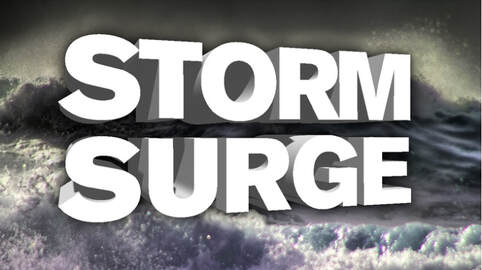 Here we are at the start of a whole new decade. This year's "The Old Farmer's Almanac" predicts a winter of intense ups and downs in temperature. Get ready for a wild ride on the Polar Coaster, some are saying. But when did "The Old Farmer's Almanac" first come out and why is Ben Franklin on the cover? Ben Franklin published "Poor Richard's Almanac" from 1732 to 1758 under the pseudonym of Richard Saunders. There were other almanacs at the time, but Poor Richard's was a best seller. So, when Robert B. Thomas started publishing "The Old Farmer's Almanac" in 1851, he added Ben Franklin's face to the cover of his book. It is still there today. Be sure to wish Ben a happy birthday on January 17th! Compare home insurance quotes today and save on |
better Insurance
|
-
HOME
- Send me a Home Insurance Quote >
- FLOOD Insurance, Massachusetts >
- Cape Cod Home Insurance
- Pay Your Home Insurance Bill Online
- Ordinance or Law Coverage
- How to Prevent a Claim on your Home Insurance Policy
- Videos - Cape Cod Real Estate Tips >
- Cape Cod Massachusetts Arbella Insurance Discounts
- Cape Cod Massachusetts Lloyds of London Home Insurance
- Safety Insurance Discounts for Cape Cod, Massachusetts
- MPIUA - MA Property Insurance Underwriting Association "Fair Plan"
- Cape Cod Massachusetts Home Protection Insurance
- Hurricane Preparedness >
-
AUTO
- Send me an Auto Insurance Quote for Cape Cod, Massachusetts
- BOAT Insurance >
- Cape Cod, MA Dept. of Motor Vehicles
- Cape Cod Massachusetts - Report an Auto Insurance Claim
- Auto Insurance Quote - CAR BUYING TIPS : Auto Insurance for Cape Cod, MA
- InControl Driver Training
- Car Insurance for Cape Cod Massachusetts - Arbella Insurance - Send me an Auto Quote >
- Plymouth Rock - Send me an Auto Quote >
- Encompass Insurance Discounts
- Safety Insurance - Send me an Auto Quote >
- Travelers Insurance Discounts
- Progressive Insurance - Send me an Auto Quote
- LIFE
- OFFICES
- ABOUT US
- Stay Home
- Home Insurance Explained
- Agent Login
- Privacy Policy
- Videos - Cape Cod Real Estate Investing, Taxes & Insurance
- Videos - Cape Cod Coastal Real Estate
- Português
Arthur D. Calfee Insurance Agency, Inc. is a friendly local insurance agency proudly offering Massachusetts, Cape Cod and the Islands. A-Excellent AM Best rating, A+ Excellent by the BBB
Using innovative thinking, cutting-edge tools and expert resources at national and local levels, we deliver the best possible outcome on every policy we manage. Need Home Insurance? Easy, Fast, & Secure Home Insurance. Get Free Quotes 100% Online Now! Available 24/7. Affordable Rates. Cover Your Biggest Investments. Get a homeowners insurance quote, find coverage options. We'll help you understand and customize the right home insurance coverage for you.
Home is where your heart is—along with a healthy chunk of your net worth. Get started today with a free homeowner's quote.
Compare home insurance quotes today and save on protection for your biggest investment. Build a Custom Policy & Make the Switch! Our local underwriting professionals focus exclusively on finding the best home insurance, homeowner's insurance, hazard insurance, investment property insurance, flood insurance, flood zone information, vacation home insurance, second home insurance, auto insurance, collector car insurance, business insurance, general liability insurance, property insurance, professional liability insurance, contractor's liability insurance, worker's comp insurance, key man insurance, whole life insurance, term life insurance, group or personal disability, & long-term care insurance policies to patrons in the following Cape Cod, Massachusetts towns, communities and villages: Barnstable, Bourne, Pocasset, Brewster, Buzzards Bay, Centerville, Chatham, Cotuit, Craigville, Dennis, East Dennis, Eastham, Falmouth, East Falmouth, Hatchville, West Falmouth, North Falmouth, Woods Hole, Harwich, Hyannis, Hyannisport, Martha's Vineyard, Nantucket, Marstons Mills, Mashpee, Orleans, Osterville, Provincetown, Sandwich, Sagamore, Sagamore Beach, Truro, Wellfleet, Yarmouth, and Yarmouthport. Real-Time Pricing. Insurance coverage: Wind Damage, Fire Loss, Water Damage. Protect your home and belongings. Low Rates For Your Best Options to Save Money On Great Coverage! Get a quote today. Home insurance helps protect your house and your family.
Using innovative thinking, cutting-edge tools and expert resources at national and local levels, we deliver the best possible outcome on every policy we manage. Need Home Insurance? Easy, Fast, & Secure Home Insurance. Get Free Quotes 100% Online Now! Available 24/7. Affordable Rates. Cover Your Biggest Investments. Get a homeowners insurance quote, find coverage options. We'll help you understand and customize the right home insurance coverage for you.
Home is where your heart is—along with a healthy chunk of your net worth. Get started today with a free homeowner's quote.
Compare home insurance quotes today and save on protection for your biggest investment. Build a Custom Policy & Make the Switch! Our local underwriting professionals focus exclusively on finding the best home insurance, homeowner's insurance, hazard insurance, investment property insurance, flood insurance, flood zone information, vacation home insurance, second home insurance, auto insurance, collector car insurance, business insurance, general liability insurance, property insurance, professional liability insurance, contractor's liability insurance, worker's comp insurance, key man insurance, whole life insurance, term life insurance, group or personal disability, & long-term care insurance policies to patrons in the following Cape Cod, Massachusetts towns, communities and villages: Barnstable, Bourne, Pocasset, Brewster, Buzzards Bay, Centerville, Chatham, Cotuit, Craigville, Dennis, East Dennis, Eastham, Falmouth, East Falmouth, Hatchville, West Falmouth, North Falmouth, Woods Hole, Harwich, Hyannis, Hyannisport, Martha's Vineyard, Nantucket, Marstons Mills, Mashpee, Orleans, Osterville, Provincetown, Sandwich, Sagamore, Sagamore Beach, Truro, Wellfleet, Yarmouth, and Yarmouthport. Real-Time Pricing. Insurance coverage: Wind Damage, Fire Loss, Water Damage. Protect your home and belongings. Low Rates For Your Best Options to Save Money On Great Coverage! Get a quote today. Home insurance helps protect your house and your family.
Testimonials & Endorsements for the Best Insurance Agent on Cape Cod, MA
PHONE: (800) 479-2601 CUSTOMER SUPPORT & SERVICE
Please note: The above is meant as general information to help you understand the different aspects of insurance. This information is not an insurance policy, does not refer to any specific insurance policy, and does not modify any provisions, limitations, or exclusions expressly stated in any insurance policy. Descriptions of all coverages and other features on this page are necessarily brief; in order to fully understand the coverages and other features of a specific insurance policy, we encourage you to read the applicable policy and/or speak to an insurance representative. Coverages and other features vary between insurers, vary by state, and are not available in all states. Whether an accident or other loss is covered is subject to the terms and conditions of the actual insurance policy or policies involved in the claim. References to average or typical premiums, amounts of losses, deductibles, costs of coverages/repair, etc., are illustrative and may not apply to your situation. We are not responsible for the content of any third-party sites linked from this page.
© 2024 Copyright, Arthur D. Calfee Insurance Agency, Inc.
Calfee Cares.® Privacy Policy
Calfee Cares.® Privacy Policy

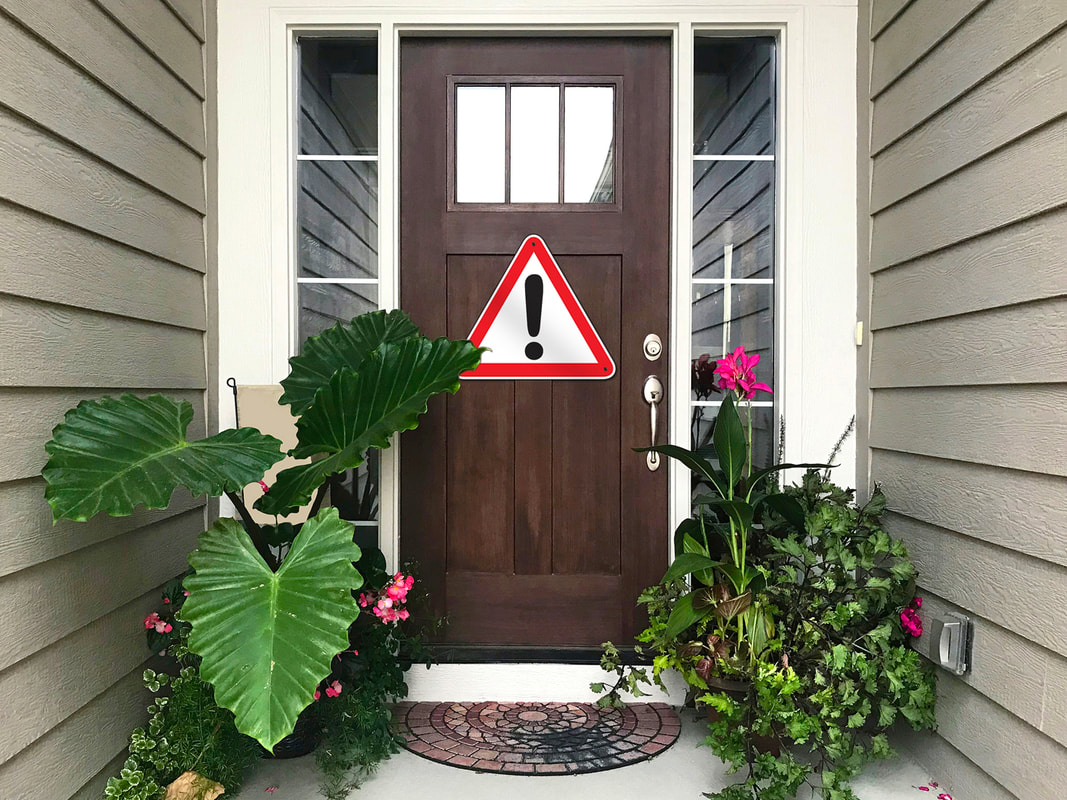
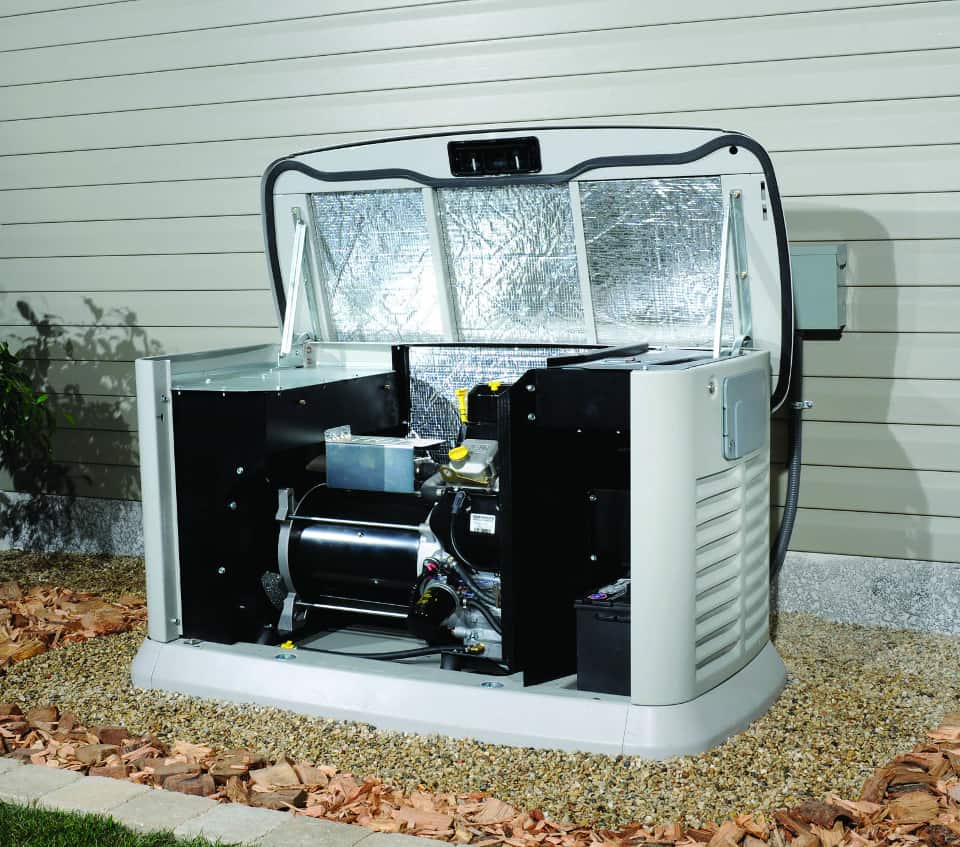
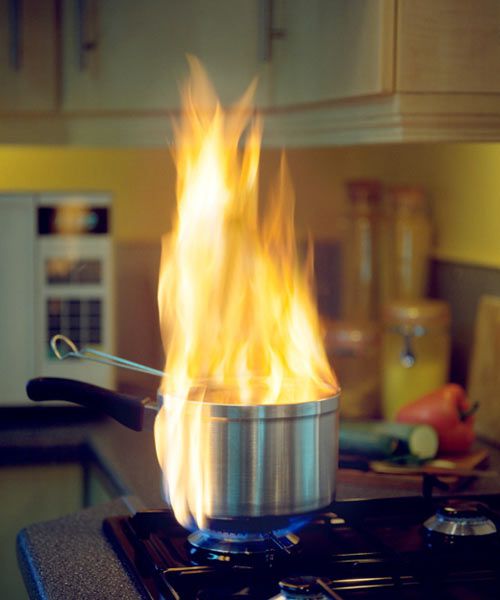
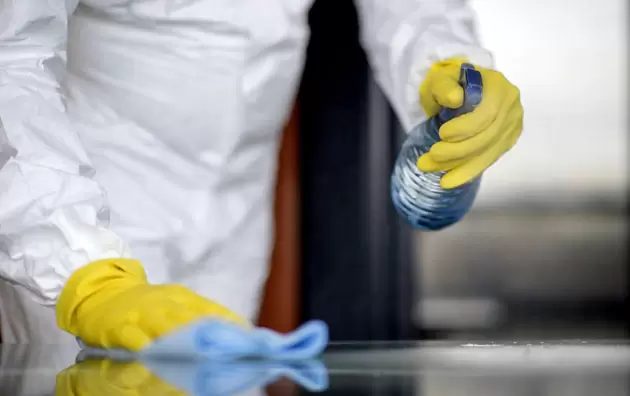
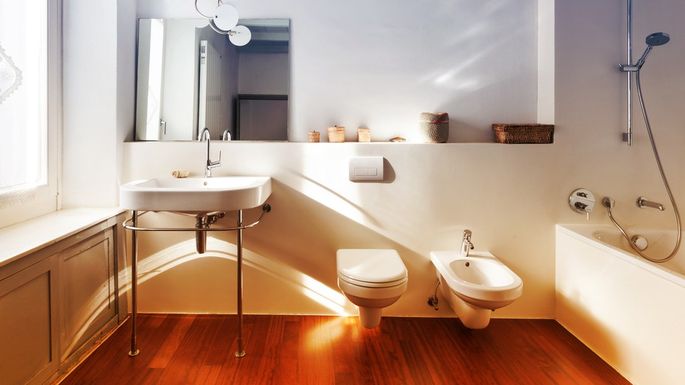

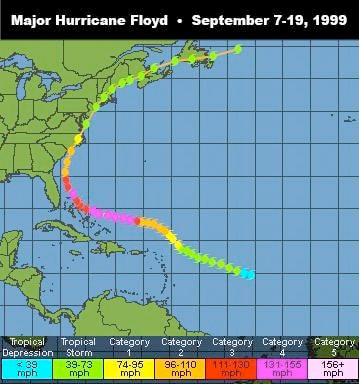







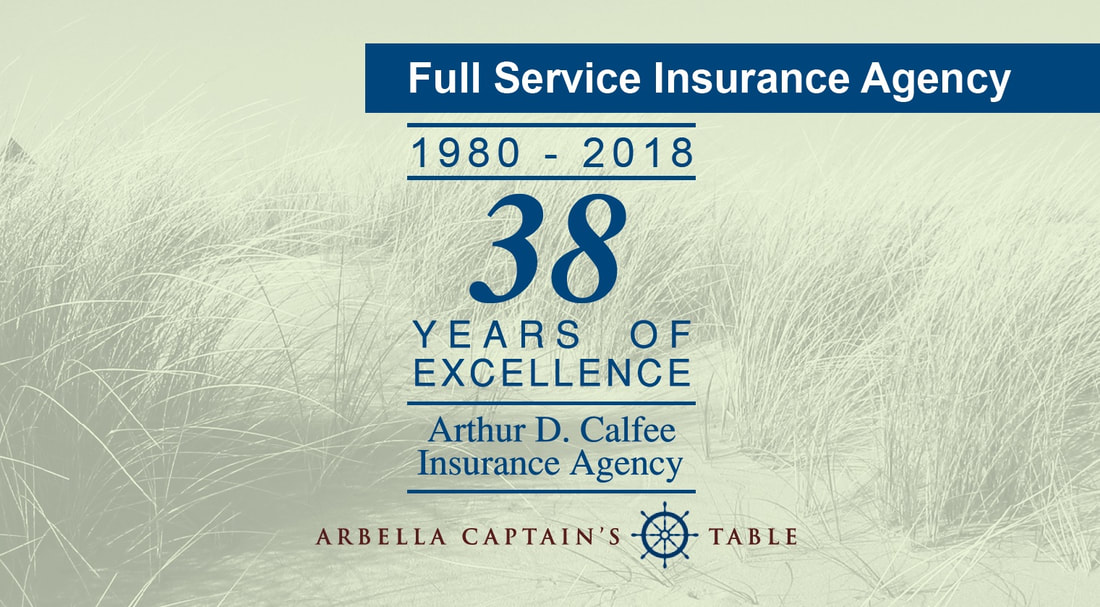
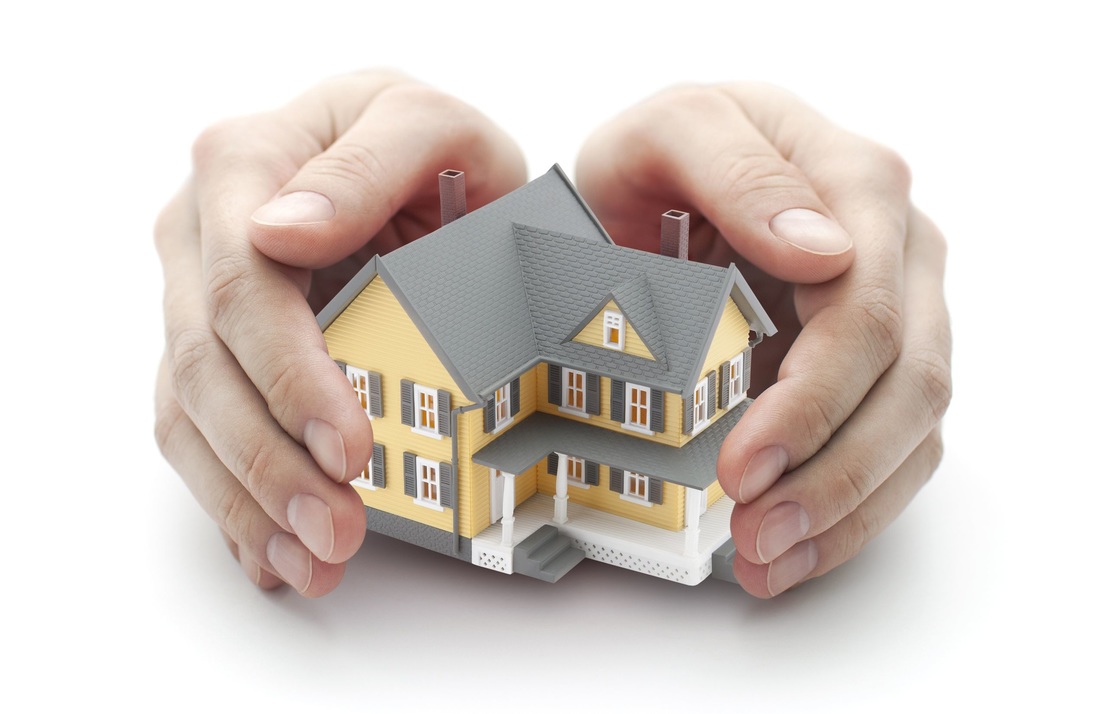


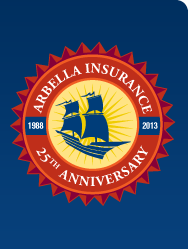








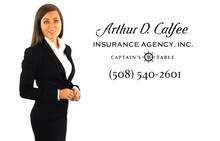



 RSS Feed
RSS Feed




